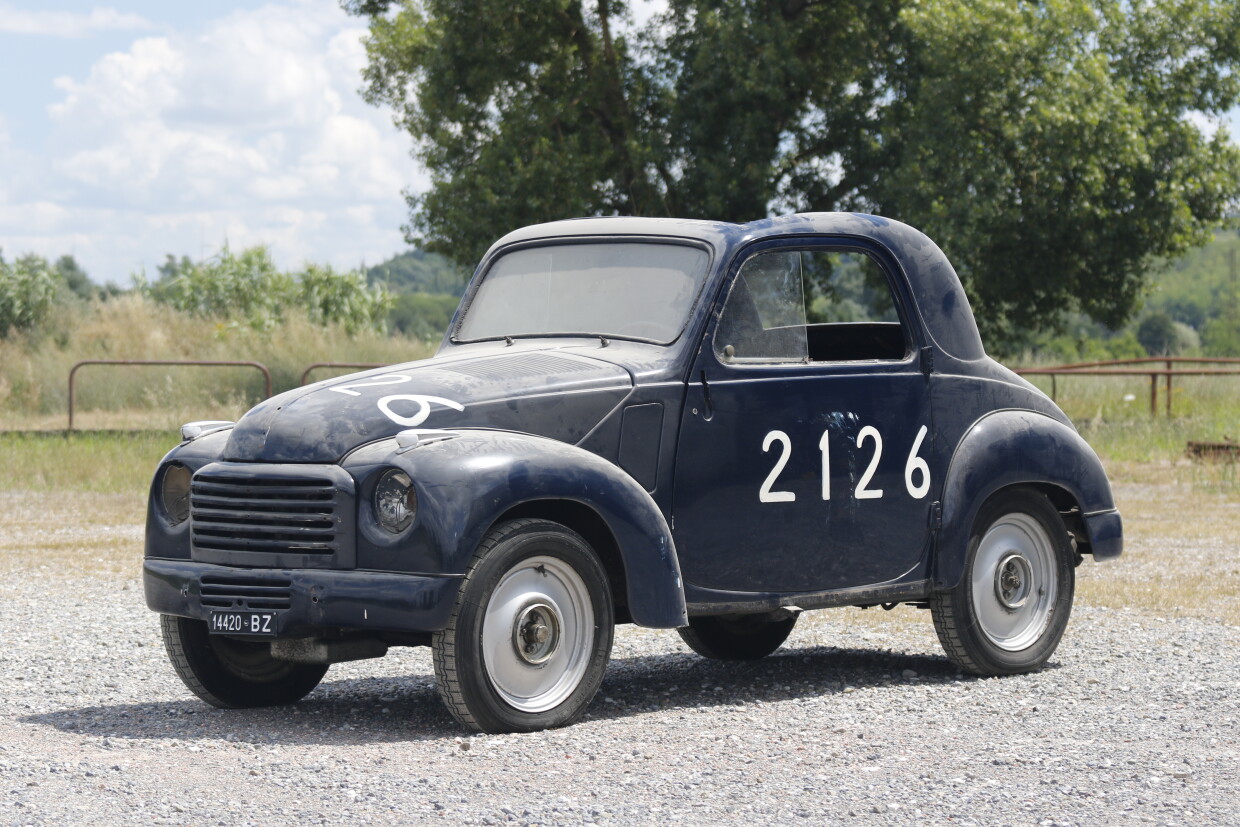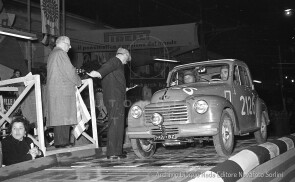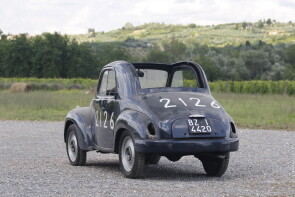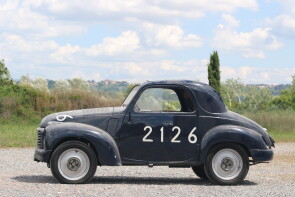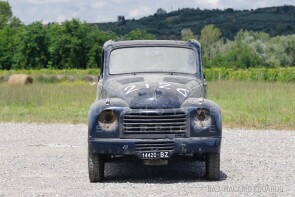
1950 Fiat 500 C
ON/OFF
Why am I an Automotive Masterpiece?
The small "Topolino" is one of the world’s best known cars. Created in the 1930s, it was a car designed to be minimal and economical, but it seems that everyone wanted to use it to race. The origins of the car are interesting; in 1930 Benito Mussolini spoke with Giovanni Agnelli about the imperative need to produce a low-cost car for the masses; it would be good "propaganda", followed by Adolf Hitler's Germany, where Ferdinand Porsche was called to put Volkswagen, "people's car", into production. The car was to cost less than Lit. 5,000: a difficult task. The FIAT chief designer, Antonio Fessia, entrusted the task to a young Dante Giacosa, who took over the previous Balilla project by simplifying every detail; the body lines were inspired by the FIAT 1500 with a tapered hood. Giacosa's aeronautical experience inspired the lightened two-rail chassis, with the engine (569 cc, 4 cylinders, side valve) mounted cantilevered to improve space. Everyone called the car "Topolino", for its size and muzzle similar to a mouse, or more precisely to Walt Disney's Mickey Mouse. In any case, the official name remained FIAT 500. The final price of Lit. 8,900 was higher than the target and very high for an ordinary worker, but the car sold. In 1938 the quarter elliptical rear leaf springs (the so-called "balestrino" or "balestra corta") became normal semi-elliptical leaf springs to improve load capacity. In 1948 the vehicle saw major changes with the "500 B" model, featuring overhead valves, improvements to the chassis and new heating. A new version became available, the "Giardiniera Belvedere", a small "woody" station wagon. In 1949 there was the final change, with the "500 C" model. The front part of the bodywork took on a more modern style, the engine received an aluminum cylinder head. The "Giardiniera Belvedere" became "metallic". The Topolino was often modified, little or radically, for races. Production of the sedan lasted until 1954, replaced by the FIAT 600, while the Giardiniera was produced until 1955. Nearly 520,000 cars were produced.
The 1950 Fiat 500 C, chassis no. 222313, raced the 1954 Mille Miglia, with Bolzano plates (BZ14420) with entry number 2126 (starting time 21:26) driven by, its then owner Delo Fravolini, and with Carlo Moser as co-driver. The car was entered in the " Vetture da Turismo di Serie Speciali" category. Photos and official documents attest to the participation. The chassis no. 222313 was carefully and extensively prepared for the 1954 Mille Miglia; the engine was deeply modified and similar attention was paid to the chassis, set-up, transmission and brakes. After several owners, the car remained in the same hands from the mid-70s (receiving its current Venice plate) to the mid-2000s. Painted blue, it is partially dismantled and is in need of a complete restoration. Although over the years we have become accustomed to seeing cars of the highest lineage and power in re-enactments, it should be remembered that the Mille Miglia saw dozens of Fiat 500 Cs entered by many enthusiasts who could, with this vehicle, run on limited budgets. So, it is interesting that, recently, enthusiasts are increasingly taking Topolino back to racing (with the Mille Miglia on the front line), a car that is always well received and loved by the public.
